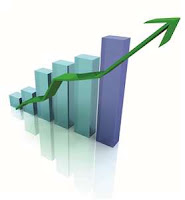One of the challenges we face in this country is that we don’t put enough value on context before we jump into an important conversation. Without context, we can talk about important issues, but we’re not really communicating. This is critically important when we speak about the return of “subprime” lending.
What really is subprime lending? All subprime lending means is making mortgage loans in a manner that deviates from traditional lending or more conservative lending practices. Typically, that means making loans with less money down, lower FICO scores, higher LTVs to borrowers who may not have spotless credit history from a repayment perspective. Subprime was easy to spot because they were the only loans that Fannie Mae and Freddie Mac wouldn’t buy--at least in the beginning. Later, they invested in plenty of them, both as whole loans and MBS, but that’s another post.
After the so-called “subprime meltdown” everyone left the market and the only people left doing any kind of lending were working for the federal government. But that will change. Loan requirements will ease and more people will qualify for loans because there is unmet demand in the marketplace. I’m not the only one who thinks so.
In fact, it’s already started, according to the OCC’s recent report.
It will come back more quickly with less government involvement. Traditional lenders understand credit risk. They know how to make decisions about what they feel is acceptable risk for their institutions. This should be comforting because most folks who originates subprime paper in this market will be doing so for their own portfolios. Banks know how to do this.
The government, on the other hand, doesn’t. That’s why HAMP was a failure. While there were good intentions behind the program, overly stringent requirements prevented it from helping borrowers stay in their homes.
Subprime is definitely coming back. Lenders who are ready to engage these borrowers stand to earn significant rewards.


No comments:
Post a Comment